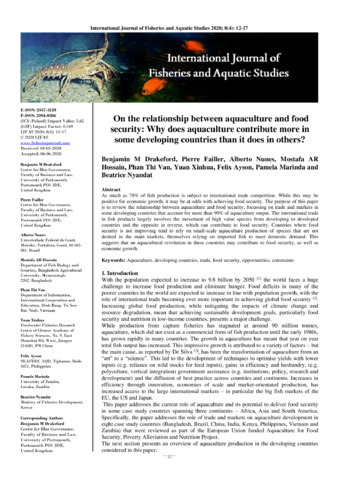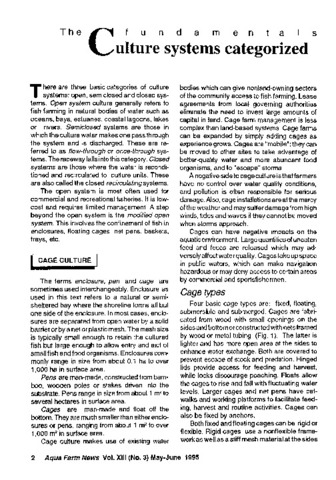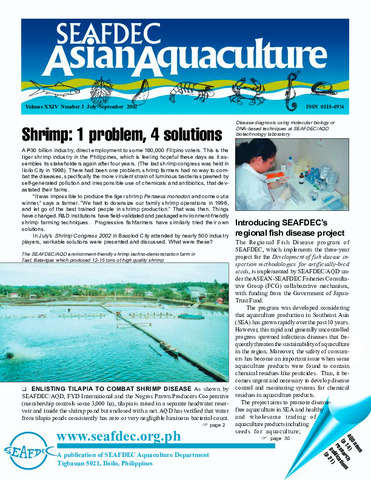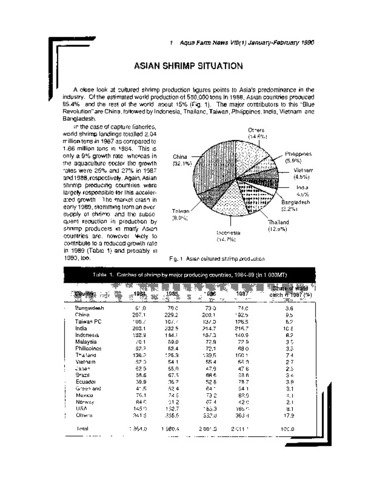On the relationship between aquaculture and food security: Why does aquaculture contribute more in some developing countries than it does in others?

Associated URL
www.fisheriesjournal.comDate
2020Author
Page views
291Metadata
Show full item record
Share
Abstract
As much as 78% of fish production is subject to international trade competition. While this may be positive for economic growth, it may be at odds with achieving food security. The purpose of this paper is to review the relationship between aquaculture and food security, focussing on trade and markets in some developing countries that account for more than 90% of aquaculture output. The international trade in fish products largely involves the movement of high value species from developing to developed countries and the opposite in reverse, which can contribute to food security. Countries where food security is not improving tend to rely on small-scale aquaculture production of species that are not desired in the main markets, themselves relying on imported fish to meet domestic demand. This suggests that an aquacultural revolution in these countries may contribute to food security, as well as economic growth.
Suggested Citation
Drakeford, B. M., Failler, P., Nunes, A., Hossain, M. A., Van, P. T., Xinhua, Y., Ayson, F., Marinda, P., & Nyandat, B. (2020). On the relationship between aquaculture and food security: Why does aquaculture contribute more in some developing countries than it does in others? International Journal of Fisheries and Aquatic Studies , 8(4), 12-17. http://hdl.handle.net/10862/6005
Subject
Collections
- AQD Journal Articles [1215]
Related items
Showing items related by title, author, creator and subject.
-
Culture systems categorized: The fundamentals
Southeast Asian Fisheries Development Center, Aquaculture Department (Aquaculture Department, Southeast Asian Fisheries Development Center, 1995)The article presents the three basic categories of culture systems: open, semiclosed and closed systems. Open system culture generally refers to fish farming in natural bodies of water such as oceans, bays, estuaries, ... -
Shrimp: 1 problem, 4 solutions
Castaños, Milagros T.; Southeast Asian Fisheries Development Center, Aquaculture Department (Aquaculture Department, Southeast Asian Fisheries Development Center, 2002) -
Asian shrimp situation
Carreon-Lagoc, Julia; Southeast Asian Fisheries Development Center, Aquaculture Department (Aquaculture Department, Southeast Asian Fisheries Development Center, 1990)




